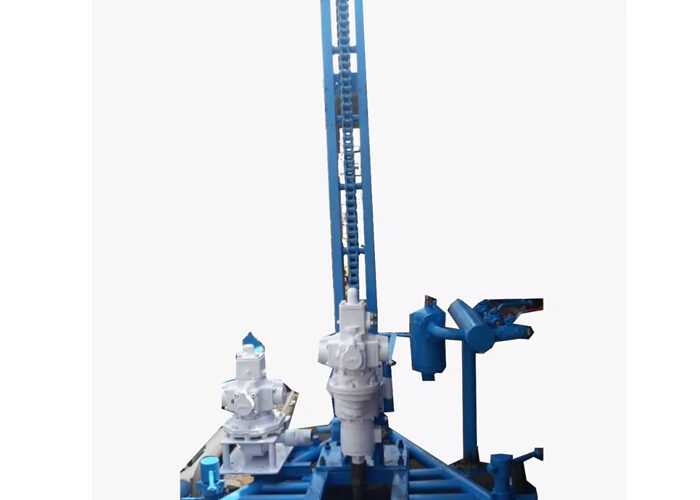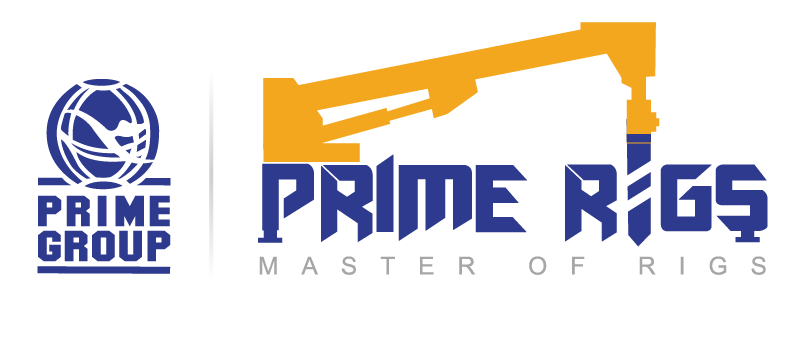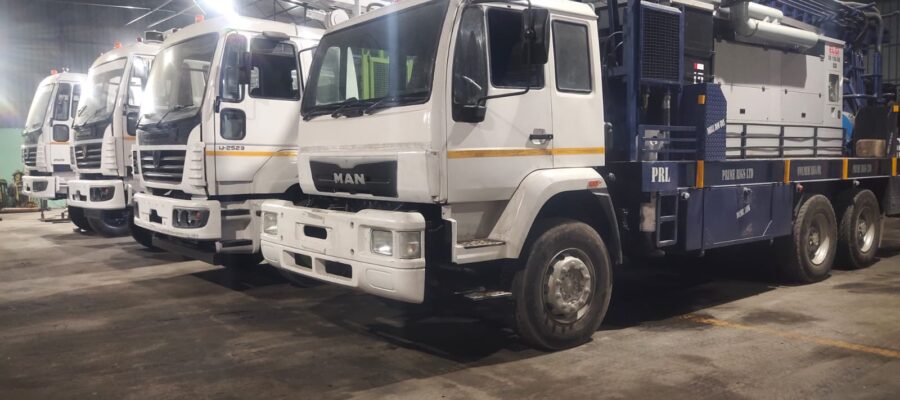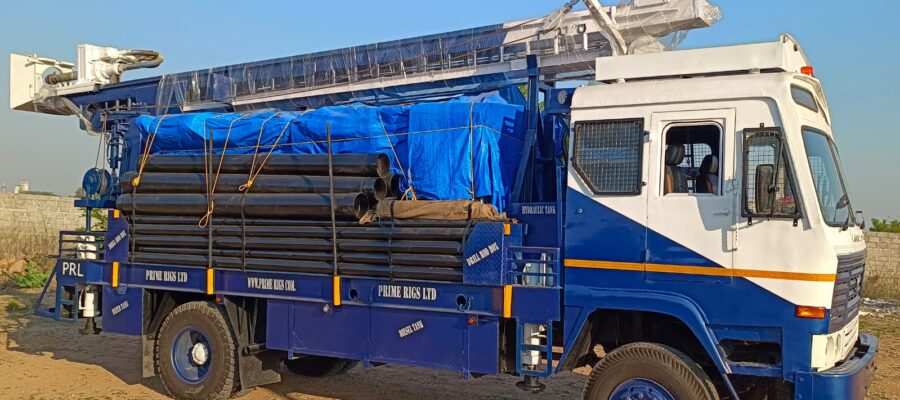
Water borehole drilling is the process of drilling a hole in the ground to gain access to groundwater for a variety of uses. In locations where municipal water sources are absent, this is a common technique for obtaining clean, fresh water. In this article, we will go over everything needed to know about portable water drilling machine, including the technique, equipment needed and used, and important factors to consider.
How is Water Borehole Drilling Done?
In water borehole drilling, normally, a portable water drilling machine or portable water drilling rig is used. The device drills a hole in the ground until the water table is found. The water table is nothing but the depth at which groundwater is found. The depth of the water table can vary depending on the location.
Once the water table is detected, the borehole is lined with a casing to prevent the sides from collapsing. The container is normally made of PVC or steel. A screen is then inserted into the borehole to allow water to flow into the borehole while keeping sediment and debris out.
The last stage is installing a pump at the bottom of the borehole to extract the water. The pump is connected to a system of pipes that transport the water to the surface.
Devices required for Water Borehole Drilling
Portable water drilling machine or rig is normally used for water borehole drilling. These machines come in different sizes and configurations to suit different drilling requirements. They work by electricity, diesel, or petrol.
Other equipment used are drilling bits, drilling rods, casing pipes, and screens. The drilling bits are used to cut through the ground, while the drilling rods transfer the drilling force from the machine to the bit. The casing pipes and screens line the borehole and allow water to flow into the borehole while keeping sediment and debris out.
Important things to remember for Water Borehole Drilling
There are several important concepts to keep in mind when drilling a water borehole. First and most important, having the necessary permits and permissions from the relevant authorities. This can include local government, environmental, and water management authorities.
It’s also crucial to conduct a site survey to determine the best location for the borehole. Factors to consider include the water table’s depth, the area’s geology, and the proximity to potential sources of contamination.
In addition to this, it’s also important to ensure that the drilling equipment and personnel are properly trained and qualified. Safety is paramount when drilling, and it’s essential to follow all relevant safety procedures.
Finally, remember to consider the long-term maintenance and operation of the borehole. This includes regular maintenance of the pump and other equipment and monitoring water quality to ensure that it remains safe for consumption.
Conclusion
Water borehole drilling is a valuable method for accessing clean, fresh water in areas where municipal water supplies are unavailable. Using a portable water drilling machine or portable water drilling rig, a borehole can be drilled to access groundwater, which can then be used for various purposes. However, it’s important to consider the necessary permits, site surveys, equipment, and safety procedures to ensure the drilling is conducted safely and effectively.
Recent Post
- Frequent Used: Heavy Construction Equipment and Instruments
- What Type of Water Drilling Should You Choose?
- How To Choose The Perfect Drilling Rig To Buy?
- Tips For Selecting the Right Drilling Rig According to Your Need
- Water Well Drilling: Numerous Advantages
- How To Find Affordable And Reliable Water Well Drilling Rigs For Sale?
- Everything You Need to Know About Water Construction Rigs
- Water Drilling Rigs: Know The Different Types
- Refurbished Borehole Drilling Machine: Is It Worth The Purchase?
- Safety for the Construction Industry: Why Does it Matter?
- Milling Or Drilling: Which Is The Right Process To Choose?
- Choosing A Construction Truck Rigs Supplier Keeping Perfection In Mind
- Factors That Can Help You Select The Best Water Well Drilling Rig
- What Makes Drilling Rigs Different From Milling Rigs?
- Water Well Drilling Rig: All You Need to Know About It
- Do’s and Don’ts of Choosing the Right Rigs
- Underground Drilling Rigs: Features That Make Them Unique And Most Recommended
- What are construction drilling rigs? Why do companies need them?
- How do drilling companies help you with core drilling exploration?
- Key Features and Benefits of Drilling Machines in the Construction Industry
- Exploring the Advantages of Portable Borewell Drilling Technology
- How to Choose the Right Drilling Rig for Your Needs
- Reasons to Invest in Absolute Guide for Rotary Drilling
- Selecting the Ideal Drilling Rig: Ensuring Safety, Efficiency and Cost-Effectiveness





